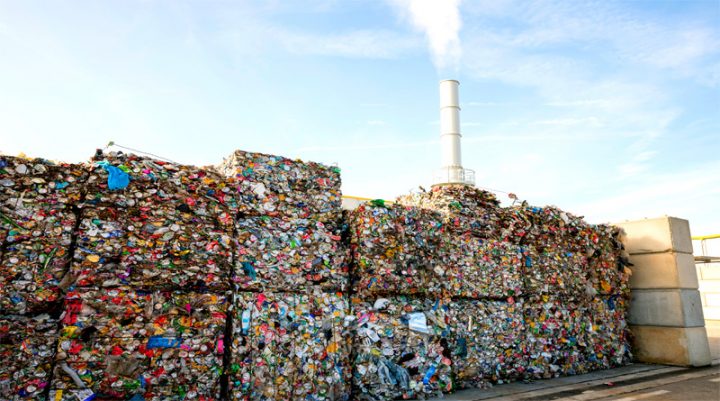$7.8 bn Investment Potential in Australia’s Waste Management Sector
 No More Imports
No More Imports
In a new report entitled ‘Energising Resource Recovery: the Australian Opportunity’, published by the Clean Energy Finance Corporation (CEFC) and prepared with engineering consultancy Arup, a potential investment of up to $7.8 billion by 2025 across Australia’s waste, bioenergy, recycling and resource recovery sectors has been identified. The investment could result in considerable job creation outside Australia’s cities, drive down emissions from landfill by as much as 60% on current forecasts and amount to a triple impact in terms of economic, employment and emissions benefits.
The CEFC has already invested $90 million with Cleanaway Waste Management and in the Avertas Energy waste-to-energy plant in Western Australia, among $400 million committed to bioenergy, recycling and energy-from-waste.
The report examines the role of resource and energy recovery in Australia’s transition to a low emissions economy. It highlights that new and expanded infrastructure requirements for waste, recycling and bioenergy projects in Australia can potentially generate between $4 billion and $7.8 billion in new investment in the next four to five years. Emissions from landfill can be reduced by 60% if material is reused and recycled before entering the waste stream.
CEFC chief executive Ian Learmonth said,”Australia’s recycling and resource recovery sector is undergoing considerable transformation, driven by global market pressures, evolving consumer preferences and an increasing focus on reducing our carbon footprint.”
He added that as an experienced investor in the bioenergy, recycling and energy from waste sectors, the cooperation sees immediate and important investment opportunities in recycling and resource recovery, drawing on proven technologies with the potential to deliver long term economic and environmental benefits.
The report assessed investment opportunities in bioenergy using 100% organic feedstocks, food and organic liquid wastes suited to biogas production and “biohubs” where industrial waste is matched with generation. The areas with the strongest investment potential were in large-scale energy-from-waste facilities, which have the potential to reduce significant volumes of waste going to landfill while at the same time recovering energy.




